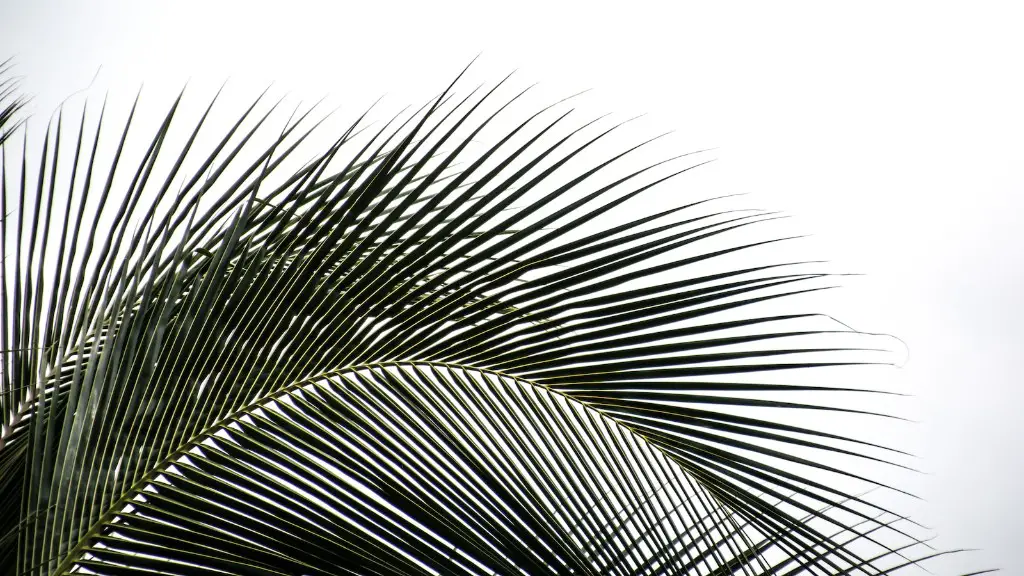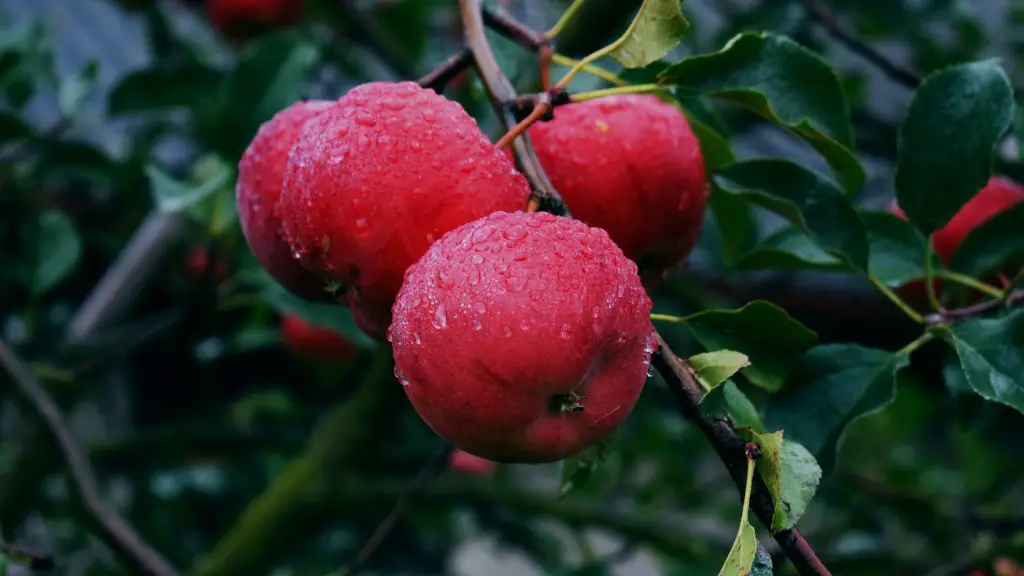Growing a lemon bonsai tree from seed is a highly rewarding and educational experience. There are several steps that need to be followed to ensure consistent success in propagating a lemon bonsai tree from seed. First, there are a few critical things that should be taken into account when starting a lemon bonsai tree from seed.
The most important factor that needs to be considered is a suitable container for the lemon seedling. Lemon bonsai seedlings need a pot that is no less than 6 inches deep, with drainage holes. An appropriate soil mix for a lemon bonsai tree should also be prepared, such as equal parts of potting soil, sand, and Sphagnum peat. This will help to retain moisture and provide the proper nutrition for your lemon bonsai.
Once a container and soil mix have been determined, the next step is to plant the seeds. The process of germinating them and getting them to sprout can be induced by first soaking the seeds overnight and then wrapping them in a moist, lint-free cloth. Additionally, the seeds should be placed on a heating mat at 65-75°F and left to germinate.
Once the seeds have germinated, the bonsai should be fully planted in the soil mix. It is important to keep the soil moist, but not water-logged. The tree should be pruned regularly, but only in such a way that it prevents the tree from developing into an overcrowded and tangled mess. Additionally, regular fertilization is essential to ensure that your lemon bonsai tree is receiving the nutrients it needs for healthy growth.
Finally, light is essential for the health of the bonsai. The tree should be kept in an area with bright, indirect sunlight. It should also be rotated regularly to ensure its branches grow evenly. With consistent care and attention, your lemon bonsai tree will become a valuable addition to your home or garden.
How To Choose The Right Location
When growing a lemon bonsai tree, it is important to make sure the location chosen is suitable for the tree’s growth. Lemon bonsais require a location with bright, indirect sunlight, but not too much direct sunlight. Additionally, the bonsai should be placed in an area that avoids extreme temperatures and drafts. It is also important to consider if the area has enough space for the lemon bonsai to grow, as it will also be necessary to rotate the bonsai tree on a regular basis.
When choosing a location, it is important to consider any potential hazards. Lemon bonsais are sensitive to particular products, such as petrol or paint fumes, as well as other types of toxins. Additionally, it is essential to make sure that pets or other animals cannot harm the bonsai in any way. With the right precautions, choosing the perfect location for your lemon bonsai tree should be easy.
The location chosen for a lemon bonsai tree is an important factor in its growth and health. It is important to remember that the environment surrounding the bonsai tree should be tailored to the tree’s specific needs. With careful consideration and research, the correct location can be found for a successful lemon bonsai.
Repotting
Repotting is one of the most important steps in the process of growing a lemon bonsai tree. Although it can be daunting, it is a necessary part of caring for a bonsai tree. The first step of repotting a bonsai is to carefully remove the bonsai from the pot, taking care not to disturb the roots as much as possible.
The next step is to assess the root system. Any damaged or dead roots should be carefully trimmed away, which can be done using sharp, sterilized pruning shears. After, the remaining roots should be thoroughly washed and examined for any diseases, then cut away from the pot. It is also important to loosen the soil in order to avoid root-binding.
Once the roots have been taken care of, the soil around the lemon bonsai tree should be replaced. This is done by adding some of the appropriate soil mix, as outlined above, to the pot and gently working it around the roots. The bonsai should then be carefully placed back in the pot and watered.
Finally, it is important to groom and shape the bonsai tree. This can be done by pruning it, to control and redirect the growth of branches and leaves. Repotting a lemon bonsai tree is a crucial part of its growth and helps to ensure its longevity and health.
How To Fertilize The Lemon Bonsai Tree
Fertilizing a lemon bonsai tree is essential for its growth and health. The most important part of ensuring proper fertilization is in keeping the soil healthy. To achieve this, regular organic fertilizers should be used. Organic fertilizers, such as bat guano or kelp meal, are ideal for this purpose.
When fertilizing a lemon bonsai, it is important to be aware of the timing of the fertilization. This is particularly true if chemical fertilizers are used. The best time to fertilize a bonsai is during winter, while the tree is dormant, and during the summer, when the tree is actively growing.
Additionally, it is important to be aware of the amount of fertilizer used. Too much fertilizer can lead to over-fertilization, which can damage the tree. For this reason, it is best to use a small amount of fertilizer, only when necessary. The amount used should also be no more than what is recommended on the packaging.
Finally, it is important to remember that regular liquid fertilizers should only be used when the tree is actively growing. During winter months, it is best to use only slow-release fertilizers, as this will prevent any over fertilization. With regular fertilization, your lemon bonsai tree will be well nourished and will remain healthy and prosperous.
How To Prune The Lemon Bonsai Tree
Pruning is an important part of the process of growing a lemon bonsai tree. Pruning is carried out to direct the growth of the tree and to ensure that it remains at an appropriate size. It is important to prune a lemon bonsai regularly and consistently if the desired shape is to be achieved.
When pruning a bonsai tree, it is important to use sharp, sterilized pruning shears, which can help to ensure a clean cut. It is important to remember that pruning should never be done in excess, as too much pruning can cause damage or even death of the tree.
Before pruning, it is important to examine the tree for any dead or damaged branches, and carefully remove them. Additionally, any branches that appear to be growing excessive upwards should be trimmed, as this can help to promote branching or the desired shape of the tree.
Pruning should be done cautiously and with a good understanding of the tree’s overall structure. With regular and consistent pruning, the shape of a bonsai tree can be controlled and redirected over time. With the right techniques, a lemon bonsai tree can be trimmed and shaped into a beautiful miniature tree.
How To Maintain The Lemon Bonsai Tree
Maintaining a lemon bonsai tree requires careful consideration and knowledge. Regular watering and fertilization are essential, as is pruning and repotting. Additionally, the environment surrounding the lemon bonsai tree should be tailored to its needs.
It is important to keep the soil moist but not water-logged. This can be done through regular watering and adding mulch when necessary. Additionally, the lemon bonsai tree should be fertilized regularly with a suitable fertilizer, such as bat guano or kelp meal.
When pruning, it is important to understand how to properly shape the tree without overdoing it. Pruning should be done with sharp, sterilized pruning shears and should never be done in excess, as this can damage the tree. Additionally, it is essential to regularly repot the tree in order to provide the proper nutrition and restrain the bonsai tree from becoming too crowded.
Finally, it is also important to keep the lemon bonsai tree in an environment that is suitable for its growth. This includes making sure to avoid exposure to extreme temperatures and drafts, as well as potential hazards such as chemicals, pets, and animals. With regular and consistent care, a lemon bonsai tree will flourish.




